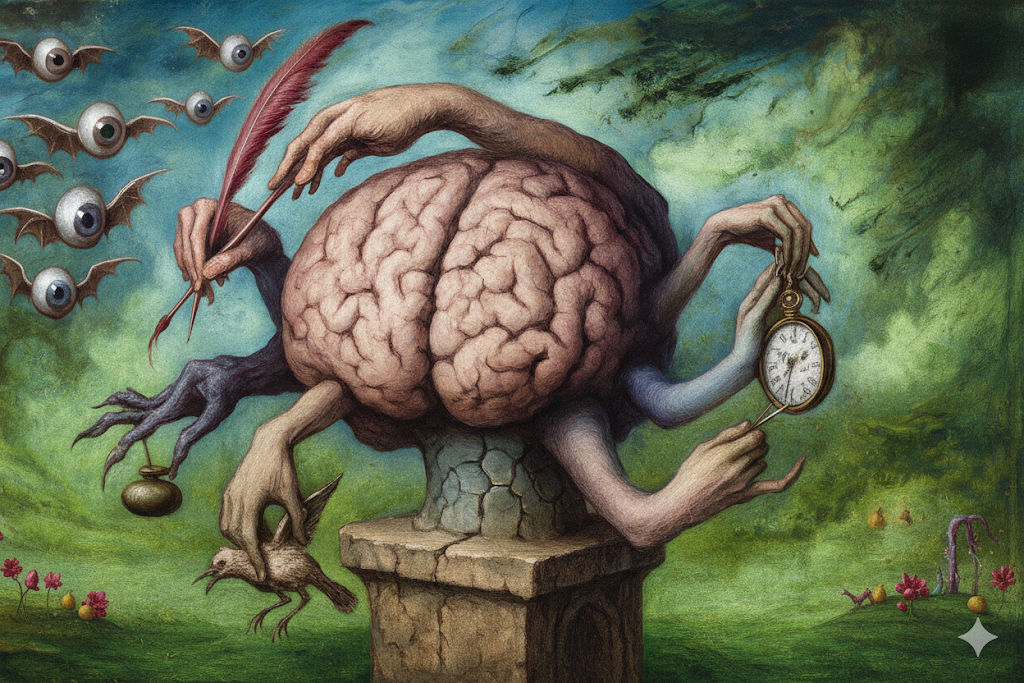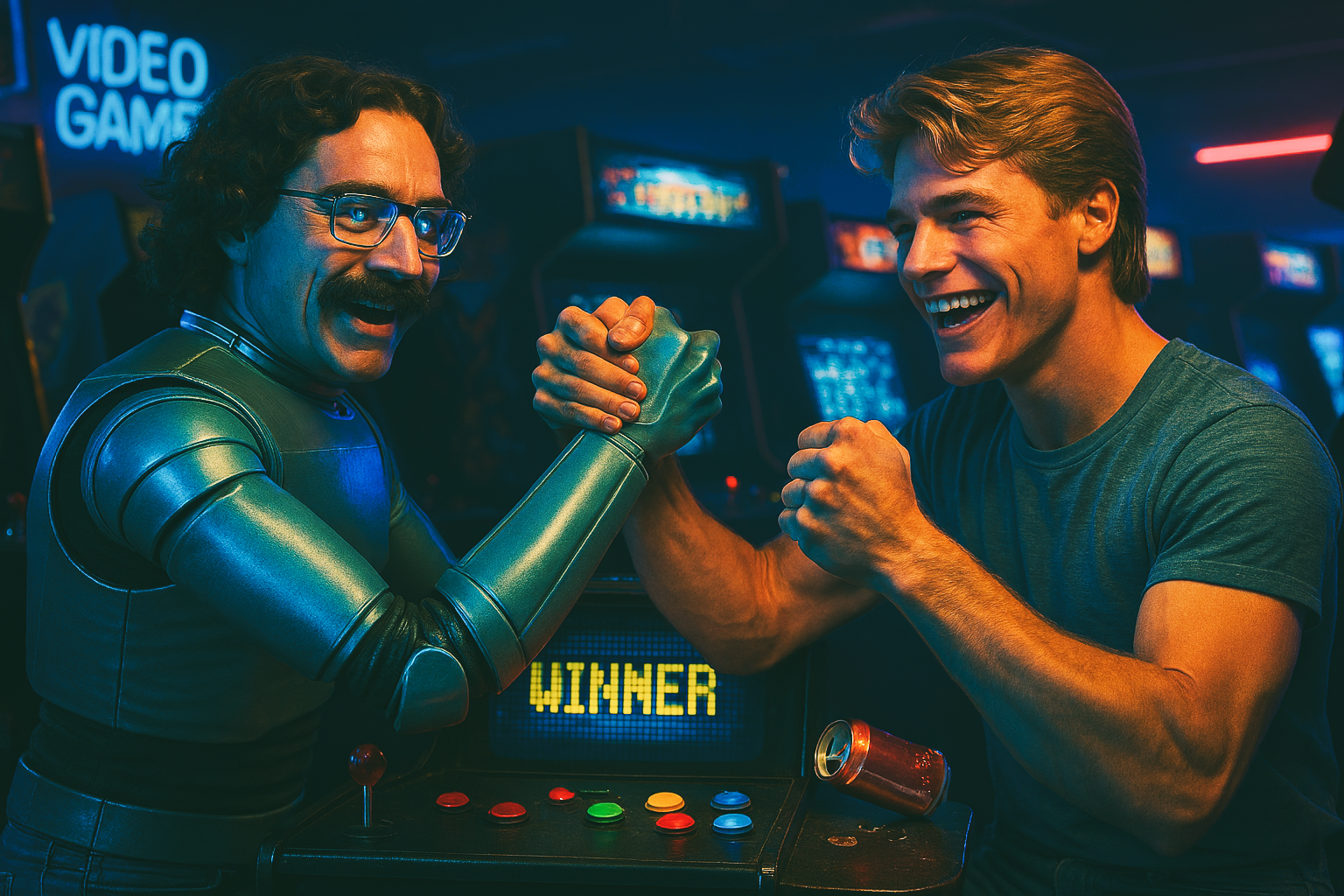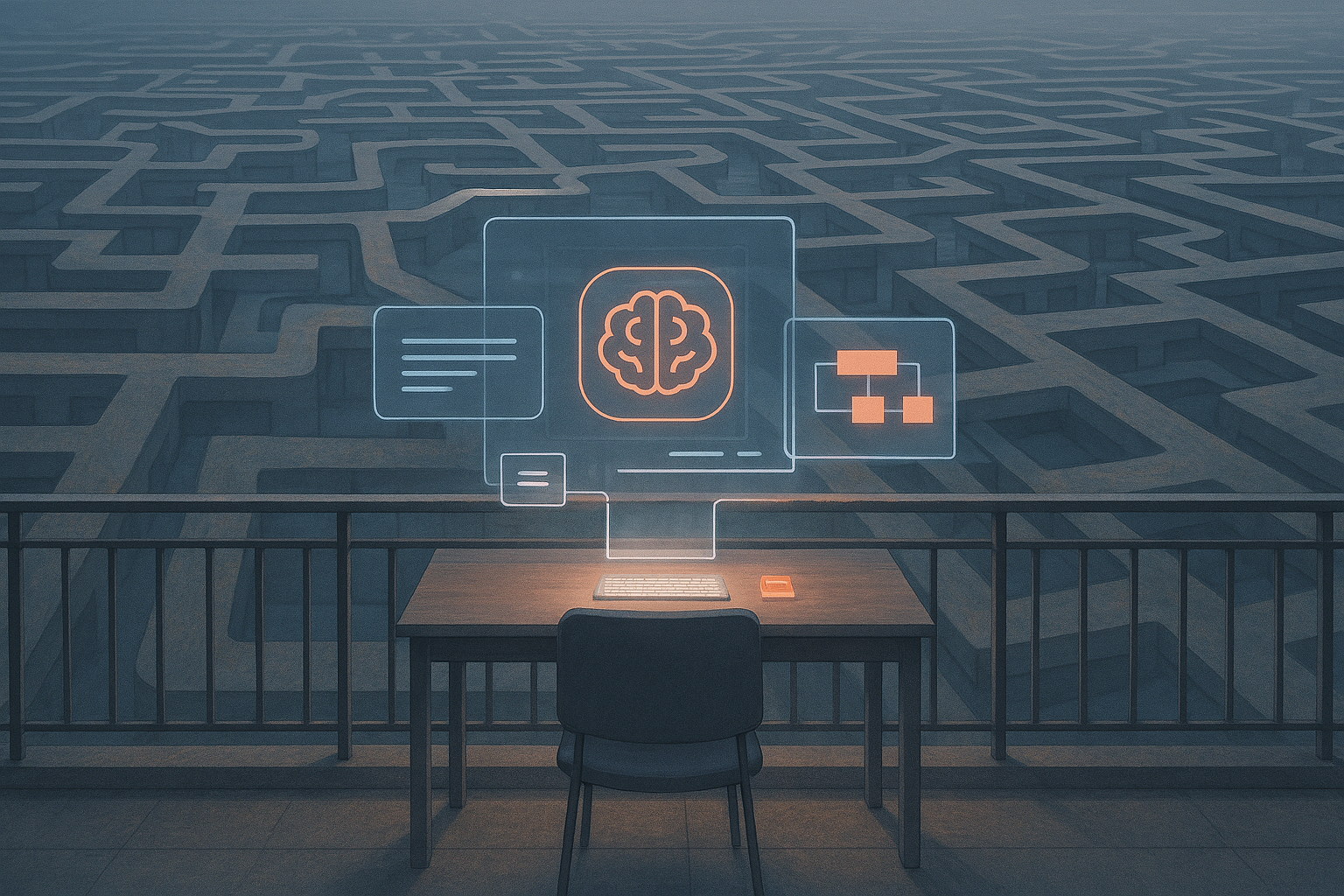I regularly have the opportunity to talk about AI and its future. But the moment I mention the direction that horizontal agents are headed, parts of the audience starts to panic that their own software is next to be eliminated in the Squid Games. It doesn’t take too much insight to realize that:
- Only the massive tech firms can hope to compete with frontier labs to produce the best models.
- The “OpenAI wrapper” companies of 2022 that built very detailed prompts have been made obsolete by more recent models.
- Similarly, each generation of models needs less scaffolding to interact with the world. Companies that were building that scaffolding aren’t needed anymore either.
Won’t the models of next year replace the software that we build this year? It’s a logical argument. AI has had incredible progress over the last few years, and plenty of startups have already been replaced by better models. If this continues, is there any hope for software businesses?
I believe there is. There may not be a moat around AI models, but there are a lot of features we can build that AI companies never could.
Human-needed
Today’s AI does not replace humans for a variety of reasons. Some of these reasons could be solved by future technologies, but others we would never want AI to do, no matter how good it becomes.
Taste
Despite the popular narrative, AI is extremely creative. One famous test of creativity is Guilford’s Alternative Uses Test, where the participant is to think of as many uses of a common object as they can. With some simple prompting, GPT-4 scored 23% better than humans, and more recent models are better than this.
AI models have creativity, but they do not have taste. They can generate thousands of images in minutes but are totally unable to tell you which ones are good. Only humans can decide what will be liked or hated by other humans. The artwork of the future will be more AI-assisted than it is today, but we are going to remain in charge of editing.
This isn’t only about images; there are many ways that software to solve a specific problem can operate. Notion and OneNote are designed for the same purpose and have similar features, but they look and feel very different. Either of them is a much more enjoyable product than I would build for myself. Without deep understanding of note-taking, I wouldn’t be able to guide AI into making anything more than a clone.
When you build software from your experience and sense of taste, you’ll gain the users that share your taste. And if you’ve got great taste, you’ll have a lot of users. Future AI models may mimic your software’s functionality, they won’t create a product that is as pleasing and useful.
Communication
There’s an entire category of software where no one would use AI even if it was excellent at the job. In many domains, the fact that you are working with a human is the point. An AI may give you an accurate medical diagnosis, but a great doctor will help you work through the result emotionally. A computer program could spit out an offer, but having a connection with the salesperson is part of the deal.
Software that enables communication isn’t going anywhere. We’ll keep using messaging, chat, and videoconferencing. We’ll continue to write long-form content on blogs and use emoji to react. We may gain new communication types, but we will keep communicating with humans.
There’s a broader insight here as well. In a sci-fi future where we don’t need to work, what will we do? We will create, have fun, and build relationship. Software that enables us to do these will never disappear.
Silos
Another category of software that could be replaced by AI, but existing institutions won’t let it. I don’t mean the reluctance of enterprises to adopt new technology, but there are software systems with such established moats that they cannot be dislodged.
The first category is social networks. No one wants AI people in their social networks as we discussed in the previous section. Just as significantly, getting everyone to change to a new social network is now essentially impossible. The network effects will keep us locked in forever. But let’s talk about other types of silos.
Proprietary knowledge
Do you know how extreme ultraviolet lithography machines work to produce advanced CPU chips? You may know the basic theory of operation, but unless you work at ASML, you don’t know the specifics. No other company can can produce them, nor could someone else produce their control software. There’s a lot of embedded software based on proprietary hardware.
Similarly, companies that rely on software heavily treat it as a core advantage of their company. This applies to:
- Pharmaceutical discovery
- Hedge fund trading
- Retail demand forecasting
- Energy grid management
- Insurance assessment
- Many more
These software products tend to be for individual companies, not a commodity for broad industry use. When software is based on knowledge that only one company has, general-purpose AI models won’t be able to replicate it.
Data
Frontier labs train AI models on public data (as long as you include scraped data in the definition of “public”). Did you know that 90% of digital data is not available on the public internet? This includes the photos you’ve taken, every business strategy paper, and inventory levels of breakfast cereals at the Fred Meyer in Redmond, WA.
AI cannot work with these data unless someone builds software that allows it to. We will always need the “system of record” databases as well as knowledge stores. This includes CRUD APIs, but also more advanced and specialized business logic. Keep in mind that users should interact with your system via their AI; it’s the software that is a dumb form-over-data that is going to “collapse.”
If you don’t have a moat of data already, you have a short window to start creating it.
What software to build now
It may seem to you that AI will eat your lunch unless you have an established network effect, database, or specialized business process. I do not think that is true. In fact, the best software of the future is a lot like the best software of today!
The best software handles one task with hyper focus. It is built by someone that deeply understands a small number of use cases, who designs user stories with an excellent sense of taste. Excellent software gets better with more use by getting more data, leading to more personalization. Software companies build loyal fan bases by creating fantastic products.
Don’t build a commodity product or pretend that AI doesn’t exist. If that’s what your software business is now, it’s time to pivot. Create high-taste, excellent products that get better over time. Cultivate loyal fans and leverage your own AI assistance. Build something so uniquely valuable that it can avoid the Squid Games entirely.







